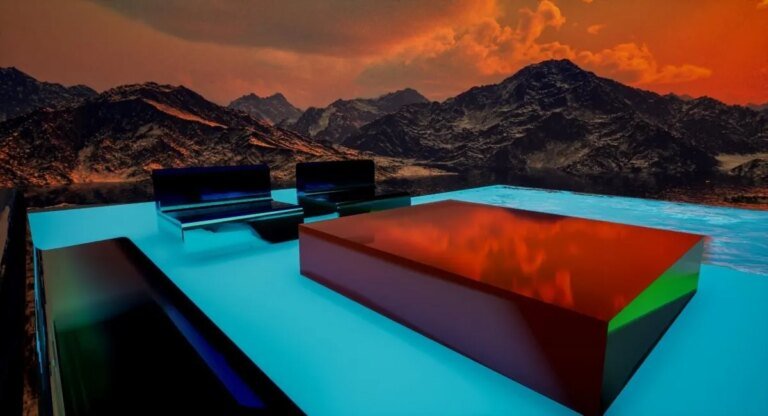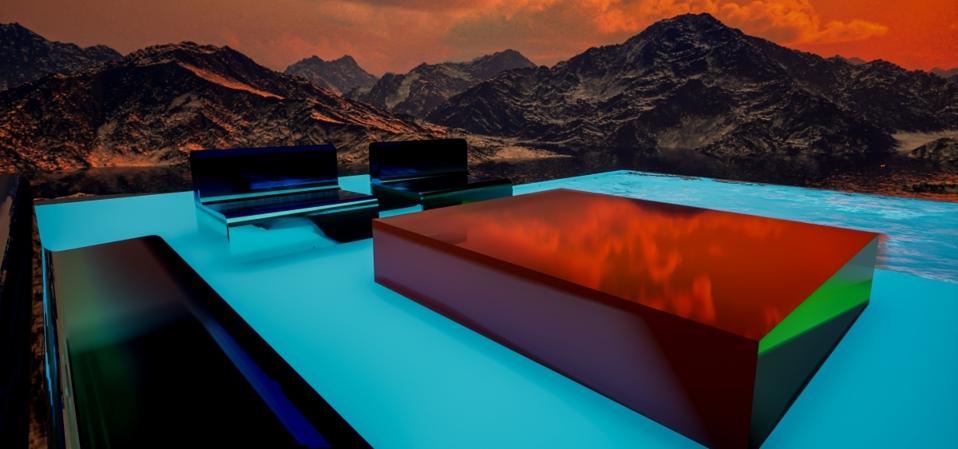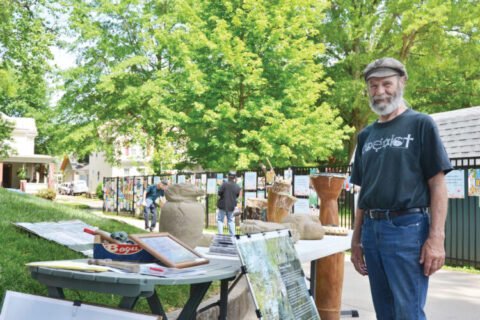Imagine this. It’s the year 2050. The boundary between the physical and the digital has all but disappeared. Creativity has evolved beyond medium and material, becoming a fluid collaboration between human emotion and machine intelligence. In this new frontier, art is not simply made, it is experienced as an ever-evolving dialogue between consciousness and code.
This is the world when artists and AI co-create human expression, a landscape in which imagination is no longer limited by tools, but expanded through them. The question is no longer whether technology can create, but how it will redefine the very nature of creation itself.
The New Frontier of Human-Machine Collaboration
The convergence of quantum computing, emotionally intelligent AI, and immersive neural interfaces has ushered in an era where the imagination is no longer limited by physical or digital boundaries. Artists are no longer producers of static works; they are architects of perceptual realities, designing experiences that span the psychological, spatial, and sensory dimensions.
This transformation has been decades in the making. Its foundation was laid by visionary creators, Krista Kim, Refik Anadol, Sougwen Chung, Marina Abramović, Rafael Lozano-Hemmer, Harry Yeff, Holly Herndon, Hito Steyerl, and Cao Fei, among others, who reimagined technology not merely as a tool, but as a conscious collaborator. Their experiments blurred the distinction between art and science, proving that innovation itself can be an artistic act.
From Mediums to Dimensions
By mid-century, the artist’s palette extends beyond pigment, pixels, and sound to include probability, emotion, and immersive time-states. Quantum creativity engines now enable creators to explore infinite variations of an idea, navigating emotional frequencies and aesthetic dimensions to uncover a singular, resonant truth.
This evolution can be traced back to the early 21st century, when Krista Kim’s “Techism” philosophy championed balance between digital innovation and human well-being. Her Mars House, the first digital home NFT, was not a static object but a meditative environment of light and sound. Kim’s work anticipated a future where artistic spaces function less as exhibits and more as states of consciousness.
Krista Kim’s Mars House, the first digital home NFT, was not a static object but a meditative environment of light and sound.
Mars House by Krista Kim
In 2050, art is no longer observed; it is entered. The fusion of augmented reality, virtual environments, and brain-computer interfaces has made it possible to inhabit creative experiences that adapt in real time to an individual’s neural and emotional data. These responsive ecosystems, what researchers now call “affective environments”, dynamically adjust to their participants, blurring the line between audience and artist.
Kim foresaw this transformation. Her concept of the metaverse was not escapist but therapeutic, a digital architecture designed for mindfulness and collective healing. She spoke of “digital consciousness” long before the technology existed to realise it. Today, her early explorations form the blueprint for emotionally intelligent environments that respond to biometrics, enabling personalised aesthetic healing.
Art as a Living System
The most influential creators of this era are not defined by discipline. They are sensory synthesists, merging biology, emotion, AI, architecture, and narrative into experiences that evolve over time. Their works are living archives, dynamic mythologies that change in response to context, culture, and the viewer’s own perception.
Artificial Realities: Coral is Refik Anadol Studio’s living archive, a data-driven ecosystem transforming years of coral research into an evolving work of art that turns information into emotion and awareness of our planet’s fragile oceans.
Artificial Realities: Coral – Refik Anadol
Art, in this context, is no longer an object but a relationship: a co-evolving system of human intuition and machine intelligence. The role of technology is not to replace the artist but to amplify imagination, to make creativity more expansive, adaptive, and deeply human.
Illuminated by Innovation
The path to this future was paved by early pioneers who saw digital tools as extensions of consciousness rather than instruments of automation. Artists like Krista Kim helped redefine digital space as a realm of wellness and empathy, proving that technological advancement and human connection are not mutually exclusive.
In 2050, the creative economy thrives on this balance. As industries from design to entertainment integrate adaptive, AI-driven creation, the cultural value of empathy, emotion, and authenticity has never been higher.
We are not overwhelmed by technology.
We are illuminated by it.






